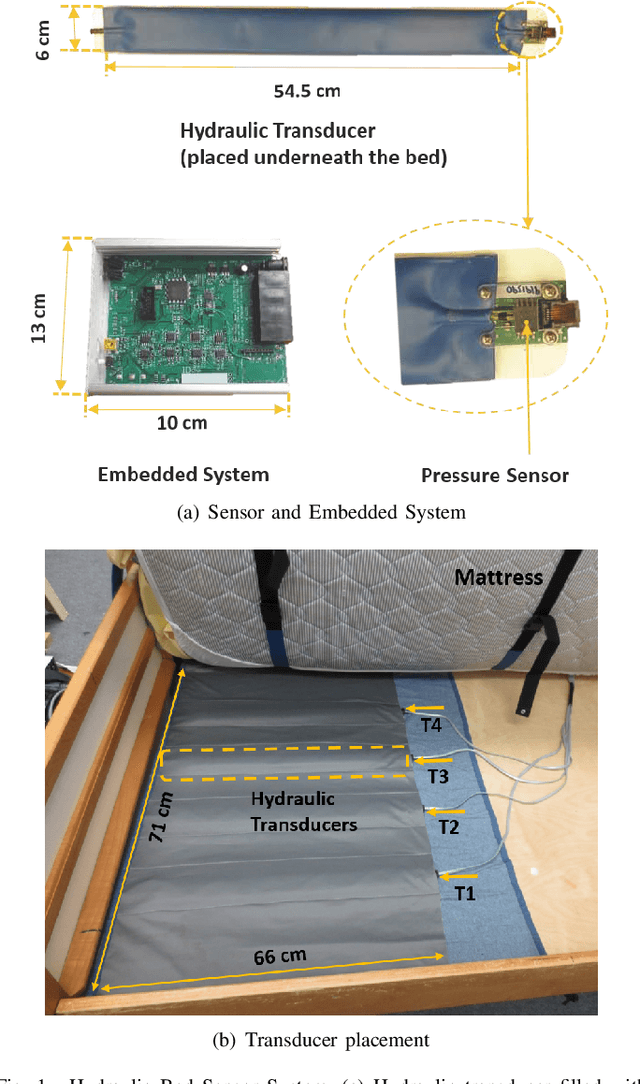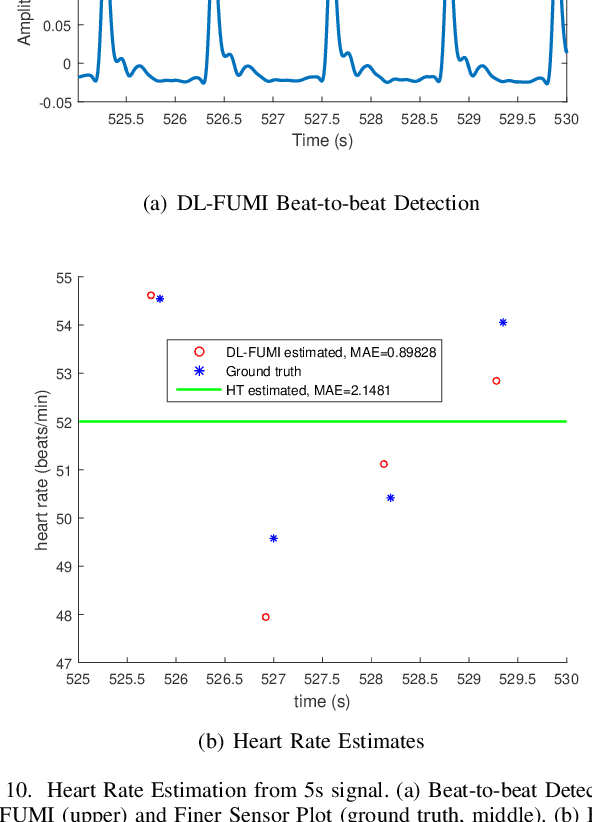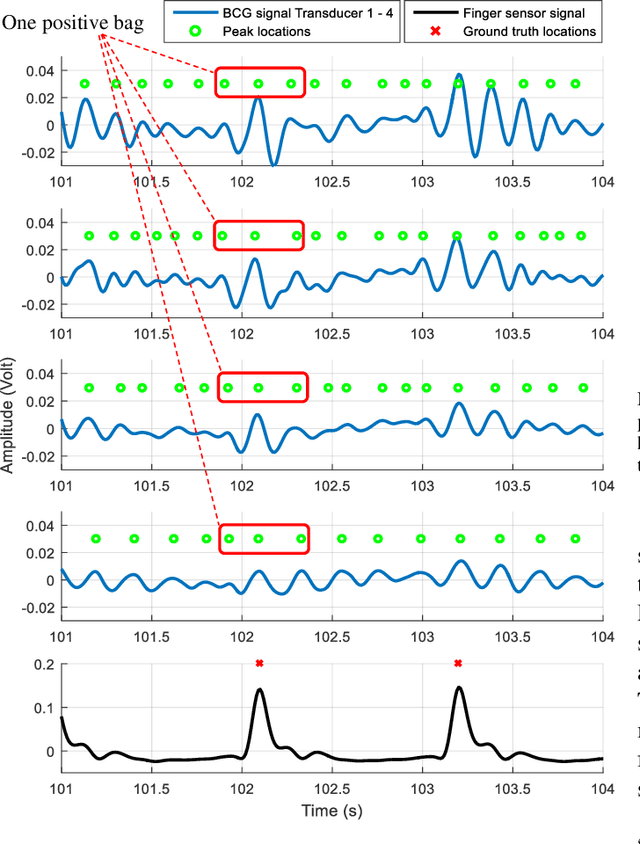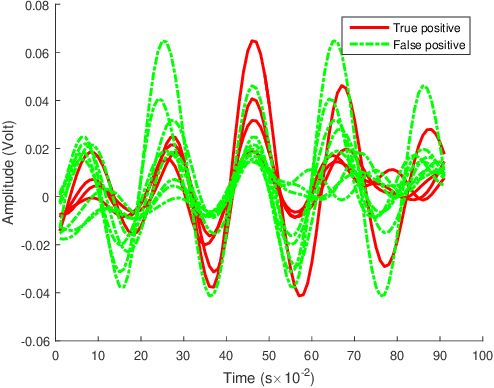K. C. Ho
Robust Ellipse Fitting Based on Maximum Correntropy Criterion With Variable Center
Oct 24, 2022Abstract:The presence of outliers can significantly degrade the performance of ellipse fitting methods. We develop an ellipse fitting method that is robust to outliers based on the maximum correntropy criterion with variable center (MCC-VC), where a Laplacian kernel is used. For single ellipse fitting, we formulate a non-convex optimization problem to estimate the kernel bandwidth and center and divide it into two subproblems, each estimating one parameter. We design sufficiently accurate convex approximation to each subproblem such that computationally efficient closed-form solutions are obtained. The two subproblems are solved in an alternate manner until convergence is reached. We also investigate coupled ellipses fitting. While there exist multiple ellipses fitting methods that can be used for coupled ellipses fitting, we develop a couple ellipses fitting method by exploiting the special structure. Having unknown association between data points and ellipses, we introduce an association vector for each data point and formulate a non-convex mixed-integer optimization problem to estimate the data associations, which is approximately solved by relaxing it into a second-order cone program. Using the estimated data associations, we extend the proposed method to achieve the final coupled ellipses fitting. The proposed method is shown to have significantly better performance over the existing methods in both simulated data and real images.
Multiple Instance Dictionary Learning for Beat-to-Beat Heart Rate Monitoring from Ballistocardiograms
Jun 11, 2017



Abstract:A multiple instance dictionary learning approach, Dictionary Learning using Functions of Multiple Instances (DL-FUMI), is used to perform beat-to-beat heart rate estimation and to characterize heartbeat signatures from ballistocardiogram (BCG) signals collected with a hydraulic bed sensor. DL-FUMI estimates a "heartbeat concept" that represents an individual's personal ballistocardiogram heartbeat pattern. DL-FUMI formulates heartbeat detection and heartbeat characterization as a multiple instance learning problem to address the uncertainty inherent in aligning BCG signals with ground truth during training. Experimental results show that the estimated heartbeat concept found by DL-FUMI is an effective heartbeat prototype and achieves superior performance over comparison algorithms.
 Add to Chrome
Add to Chrome Add to Firefox
Add to Firefox Add to Edge
Add to Edge